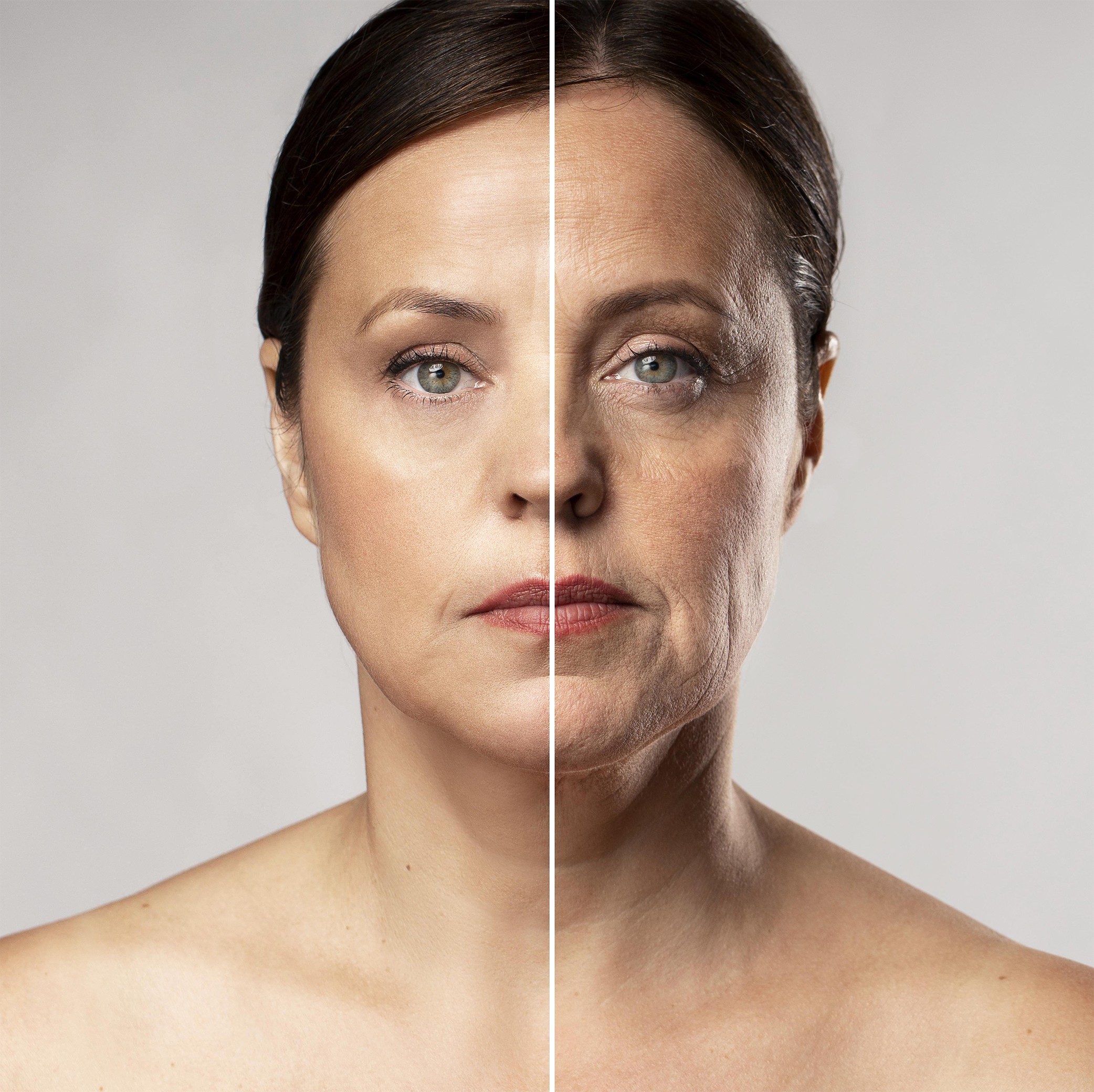
FAT GRAFTING
CONSULTATION
FAT GRAFTING: ENHANCE YOUR NATURAL BEAUTY

UNDERSTANDING FAT GRAFTING:
Facial Rejuvenation
Volume Restoration: Fat grafting is used to restore lost volume in the face, particularly in areas like the cheeks, temples, and under the eyes.
Wrinkle Reduction: It can help improve the appearance of fine lines and wrinkles, especially when combined with other facial procedures.
Lip Augmentation: Fat transfer can be used to enhance and plump the lips for a natural and youthful look.
Jawline Contouring: It’s utilized to create a more defined jawline or chin.
Breast Augmentation
Buttock Augmentation
Hand Rejuvenation
Scar Revision
Contour Deformities
Facelift Enhancements
Breast Reconstruction
Correction of Lipoatrophy
Facial Asymmetry
Body Contouring
Aesthetic Refinements
It’s important to note that fat grafting should only be performed by qualified and experienced surgeons
THE FAT GRAFTING PROCEDURE
The procedure generally consists of the following key steps
Consultation: The process begins with a consultation with a board-certified plastic surgeon. During this consultation, the surgeon assesses your goals, discusses your concerns, and evaluates the areas that can benefit from fat grafting.
Harvesting: A small amount of fat is harvested from a donor site, often located in areas where there is excess fat, such as the abdomen, thighs, or flanks. This fat is collected through liposuction, a minimally invasive technique.
Purification: The harvested fat is then processed and purified to remove impurities and excess fluids, leaving behind only healthy fat cells.
Injection: The purified fat is carefully injected into the target area using a small, blunt cannula. The surgeon will strategically distribute the fat to create the desired volume and contours.
Closing Incisions: The incisions made for liposuction and fat injection are minimal and require only small sutures, which will be removed within a week.

